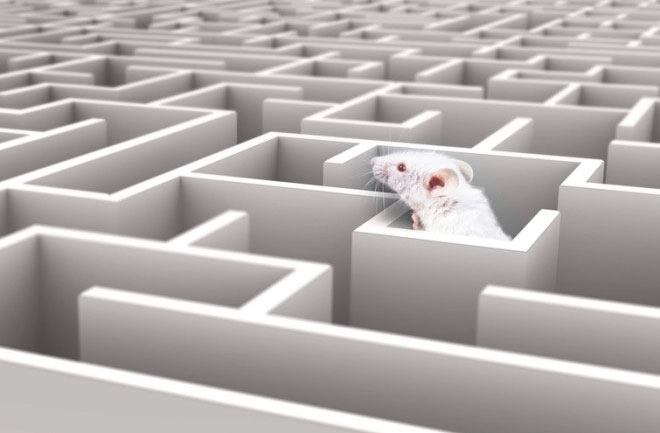Self-navigation is a unique ability found in humans and some animal species. How do humans and animals manage to do this?
Self-Directed GPS
Many of us have heard or praised someone for their excellent sense of direction, even when they are unfamiliar with the area yet can still “find their way” to a destination. This hypothetical situation relates to a capability that researchers are currently exploring: the ability of self-navigation.
Scientists believe that humans and many other species possess this ability, but the underlying mechanisms of self-navigation remain to be clarified.
A recent study published in the journal Frontiers in Behavioral Neuroscience has shown that some animal species can navigate simply by observation. Research on mice has revealed much about the system that scientists humorously refer to as “self-directed GPS”, which is shared by humans and many other animal species.

How can animals navigate on their own? (Photo: eurotravel / Getty Images)
Navigation is a crucial survival skill for many species, and previous research has shown that individuals can navigate using a “map” that they form in their minds, allowing them, whether human or animal, to acquire or recall information about their surroundings.
This “self-directed GPS” system can help individuals reach specific locations that are difficult to remember or find.
Scientists have often emphasized the importance of the self-directed GPS system for individual survival, but how individuals create this mental map remains unanswered. For instance, researchers are still trying to determine whether individuals need to explore the space themselves to form the map.
To address this, a team of researchers investigated the navigation abilities of mice. The reason they chose mice as their study subjects is that previous studies have indicated that mice can navigate by forming maps in their brains.

How can humans and animals create a “map” in their minds? (Photo: Andrew Skurka)
The lead author of the study, Thomas Doublet, a researcher at the Norwegian University of Science and Technology, stated: “We wanted to investigate whether it is possible to visualize a path just by observing from a distance. The results of this have significant implications for understanding how [animals] can conceptualize their environment and how [that map] is constructed.”
The study’s findings suggest that mice can visualize pathways simply by observation without needing to explore directly.
Thomas Doublet further shared: “Our research shows that environmental representations formed through observation are not vague, and animals use these representations to navigate through areas they have observed. This study enhances our understanding of the self-directed GPS system.”
The Mice’s “Self-Directed GPS”

Mice can visualize pathways simply by observation without needing to explore directly. (Photo: Neil Lockhart/Shutterstock).
To reach this conclusion, the research team placed pairs of mice in a cage with two separate compartments. The mice in the inner compartment could observe their counterparts in the outer compartment as they explored and searched for food.
Afterward, the researchers moved the mice from the inner compartment to the outer one. They found that all the mice that had observed their counterparts were able to find food, while only 12% of the mice in the outer compartment managed to do so.
The authors of the study believe that these results contribute significantly to understanding the self-directed GPS system. However, more research is needed to fully comprehend this system.


















































